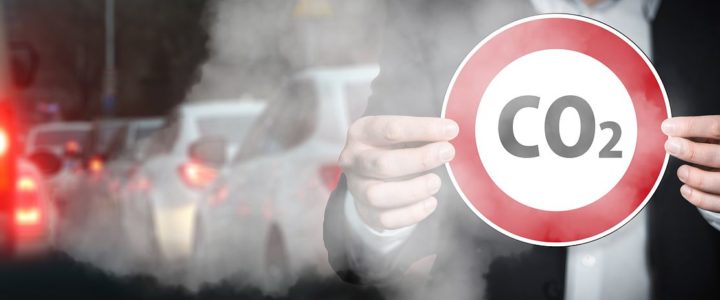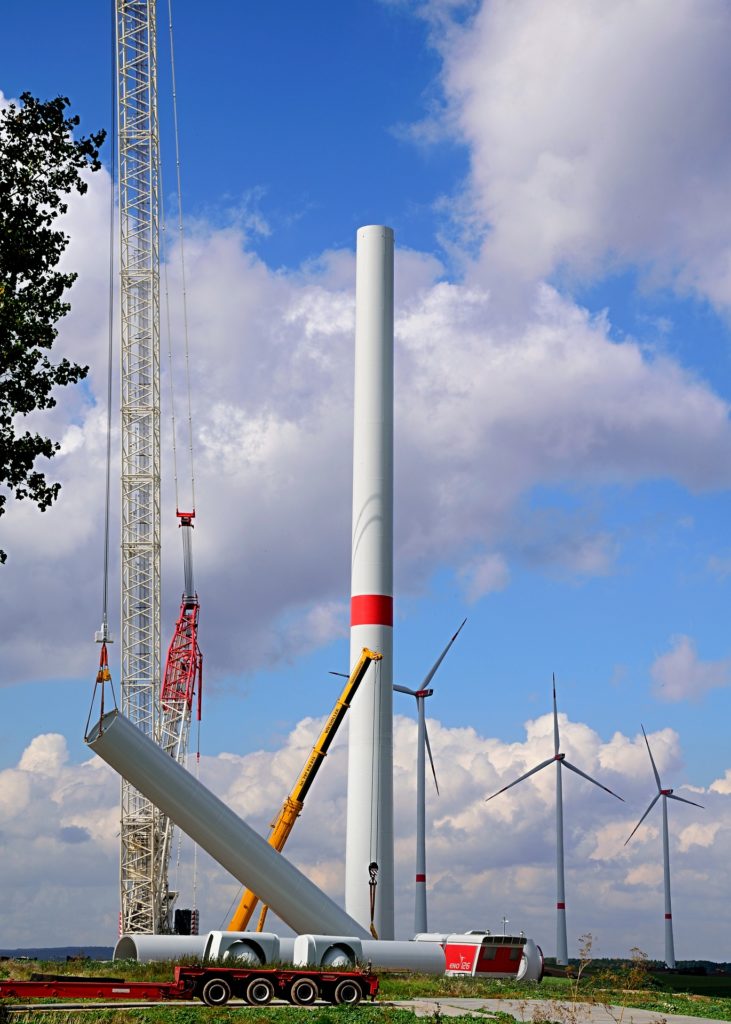
There were fears during 2020 that the dip in carbon emissions we were experiencing would be short-lived, and that 2021 would bring a bounce back of global CO2e. And, indeed, that fear has been realized.
We have now hit the highest levels of CO2e in the atmosphere in more than 4 million years—a mere 63 years after accurate reporting of the data began. In May 2021 we had a monthly average of 419 parts per million (ppm) of atmospheric carbon dioxide, as measured at at the Mauna Loa Atmospheric Baseline Observatory, operated by the National Oceanic and Atmospheric Administration (NOAA). But on 2 separate days that average exceeded 420ppm. These numbers are the highest carbon dioxide concentrations which humans have ever experienced. So far.
It’s surely no longer up for debate that the fossil fuel industry and our dependence on it, is the main culprit. We add approximately 40 billion metric tons of CO2e to the atmosphere every single year. We extract and burn fossil fuels in transportation, electricity production, cement production (check out our recent piece looking into this carbon intensive material), and agriculture (among many other things); and we also release carbon from deforestation, agriculture, and building demolition (again, this list isn’t exhaustive).

In 2020 overall we saw a 5.8% drop (nearly 2 Gt) in emissions. But over the first 5 months of 2021 vs those 5 months of 2020 we saw an increase. So although we did enjoy clearer skies and drops in air pollution, and a genuine reprieve from carbon emissions on account of the pandemic, it was short-lived. And it was only achieved through mass lockdown of human movement, with stay at home orders in place for the majority of the Global North—for months on end in some places.
The startling thing to take from the above figures is that even with those massive necessary restrictions on our lives, it was still not enough to make a dent in the predictions for global temperature increases. According to the United Nations Environment Program, we would need to a decrease in CO2e of 7.6% every year, for the next decade to do that.
On top of this concerning realisation, the IEA (International Energy Agency) have penned the Global Energy Review 2021, and their prediction is far from pretty: they expect that the energy-related CO2e will increase in 2021 by 4.8%, driven by higher demand for coal, oil, and gas. This 4.8% might not seem too daunting, so let’s talk real numbers: that’s an increase of 33 billion tonnes of CO2e.

Thankfully, they also anticipate an 8% rise in renewable energy, which would be the fastest year-on-year growth since the 1970’s. Solar PV and wind are set to be the two largest contributors to this growth.
These stats are a clear warning that the economic recovery out of COVID-19 cannot be reliant on fossil fuels—as many Governments are currently planning. We must continue to apply pressure to local and federal government representatives to align our economic recovery with our climate recovery. Renewable energy infrastructure will provide more jobs and job security, and therefore greater economic security for the nations who embrace this. Forbes reported on the Clean Jobs America report, which found nearly 3.3 million Americans working in clean energy—outnumbering fossil fuel workers by 3-to-1. Nearly 335,000 people work in the solar industry and more than 111,000 work in the wind industry, compared to 211,000 working in coal mining or other fossil fuel extraction. Clean energy employment grew 3.6% in 2018. There is clearly an argument for this growth to continue and be supported.
What can you do to help? It’s not only a case of acting to reduce emissions (but that’s right up there, as we need to get to that challenging target of dropping CO2e by 7.6% every single year!), we need to also encourage investment in renewable infrastructure. The best way to do this is to demand the service. Find any way you can to tap into renewably sourced energy in your area, and if there aren’t currently options for this, lobby your local government representatives to change that. The beauty of this request is that it isn’t only about climate action, it’s about economic strength for the local area.



